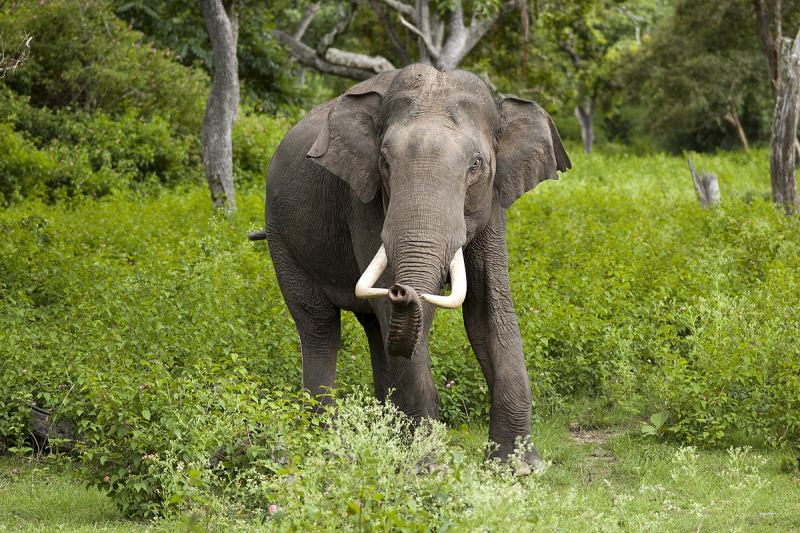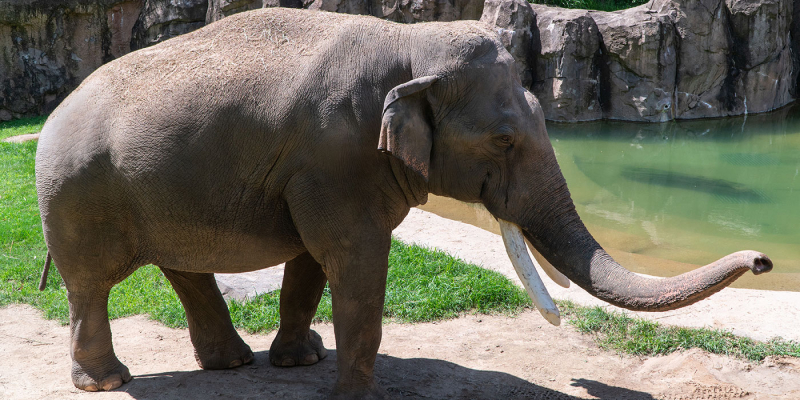Asian Elephant
The largest living terrestrial animal in Asia is the Asian elephant. Due to a population drop of at least 50% over the previous three generations of elephants, or roughly 60–75 years, the Asian elephant has been categorized as Endangered on the IUCN Red List since 1986. The main threats to it are habitat loss, habitat degradation, habitat fragmentation, and poaching. The wild population was predicted to number 48,323-51,680 people in 2019. When housed in semi-natural settings, such as forest camps, female captive elephants have lived for more than 60 years. Asian elephants in zoos typically die significantly younger; as a result of low birth rates and a high mortality rate, captive populations are in decline.
Although docile when left alone, these gentle giants can turn into brutes when they encounter seasonal fluctuations in hormone levels. The Asian elephant is the second largest mammal on Earth after the African elephant - here you can study the distinctions between them. When this occurs, male elephants have testosterone levels 60 times higher than usual, which is connected to violence. Elephant females can be just as deadly when defending their babies. You should read our article on avoiding an elephant assault because rogue elephants can be just as hazardous.












